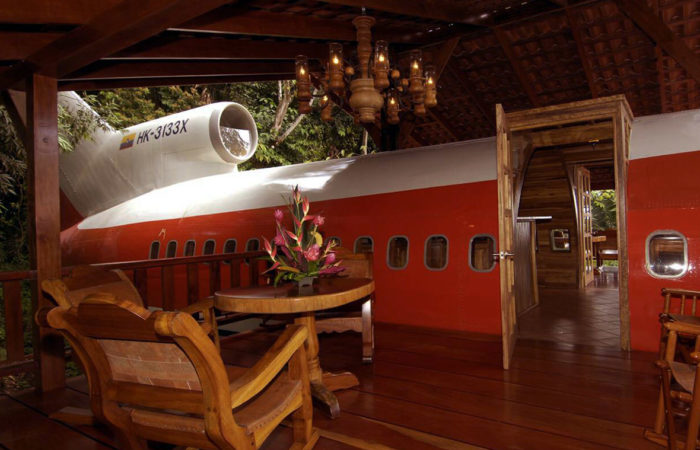Imagine a tiny robot, no bigger than a leaf, gliding across a pond's surface like a water strider. One day, devices like this could track pollutants, collect water samples or scout flooded areas too risky for people.
Baoxing Xu, professor of mechanical and aerospace engineering at the University of Virginia's School of Engineering and Applied Science, is pioneering a way to build them. In a new study published in Science Advances , Xu's research introduces HydroSpread, a first-of-its-kind fabrication method that has great potential to impact the growing field of soft robotics. This innovation allows scientists to make soft, floating devices directly on water, a technology that could be utilized in fields from health care to electronics to environmental monitoring.
Until now, the thin, flexible films used in soft robotics had to be manufactured on rigid surfaces like glass and then peeled off and transferred to water, a delicate process that often caused films to tear. HydroSpread sidesteps this issue by letting liquid itself serve as the "workbench." Droplets of liquid polymer could naturally spread into ultrathin, uniform sheets on the water's surface. With a finely tuned laser, Xu's team can then carve these sheets into complex patterns — circles, strips, even the UVA logo — with remarkable precision.
Using this approach, the researchers built two insect-like prototypes:
- HydroFlexor, which paddles across the surface using fin-like motions.
- HydroBuckler, which "walks" forward with buckling legs, inspired by water striders.
In the lab, the team powered these devices with an overhead infrared heater. As the films warmed, their layered structure bent or buckled, creating paddling or walking motions. By cycling the heat on and off, the devices could adjust their speed and even turn — proof that controlled, repeatable movement is possible. Future versions could be designed to respond to sunlight, magnetic fields or tiny embedded heaters, opening the door to autonomous soft robots that can move and adapt on their own.
"Fabricating the film directly on liquid gives us an unprecedented level of integration and precision," Xu said. "Instead of building on a rigid surface and then transferring the device, we let the liquid do the work to provide a perfectly smooth platform, reducing failure at every step."
The potential reaches beyond soft robots. By making it easier to form delicate films without damaging them, HydroSpread could open new possibilities for creating wearable medical sensors, flexible electronics and environmental monitors — tools that need to be thin, soft and durable in settings where traditional rigid materials don't work.
About the Researcher
Baoxing Xu is a nationally recognized expert in mechanics, compliant structures and bioinspired engineering. His lab at UVA Engineering focuses on translating strategies from nature — such as the delicate mechanics of insect locomotion — into resilient, functional devices for human use.
This work, supported by the National Science Foundation and 4-VA , was carried out within UVA's Department of Mechanical and Aerospace Engineering. Graduate and undergraduate researchers in Xu's group played a central role in the experiments, gaining hands-on experience with state-of-the-art fabrication and robotics techniques.






